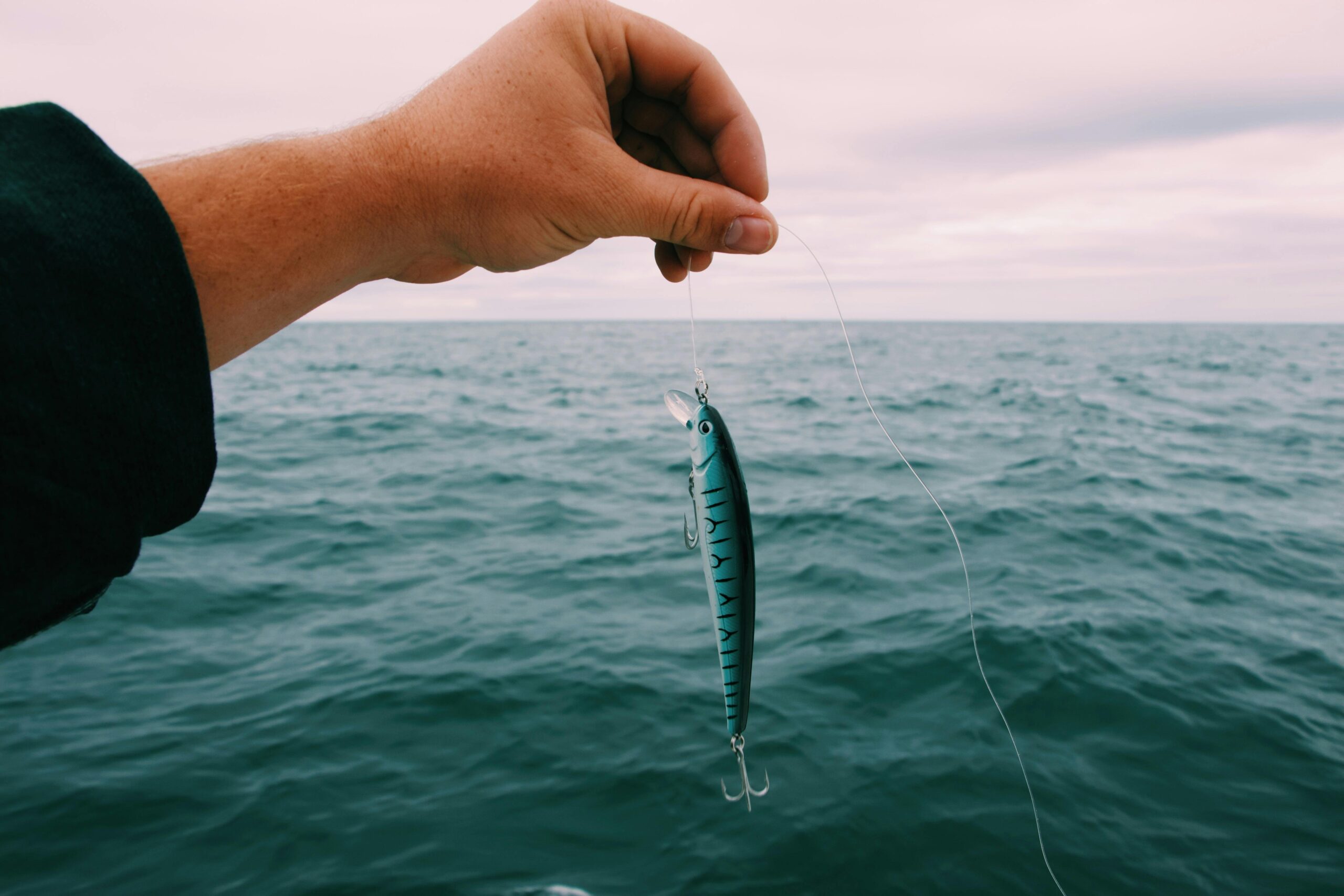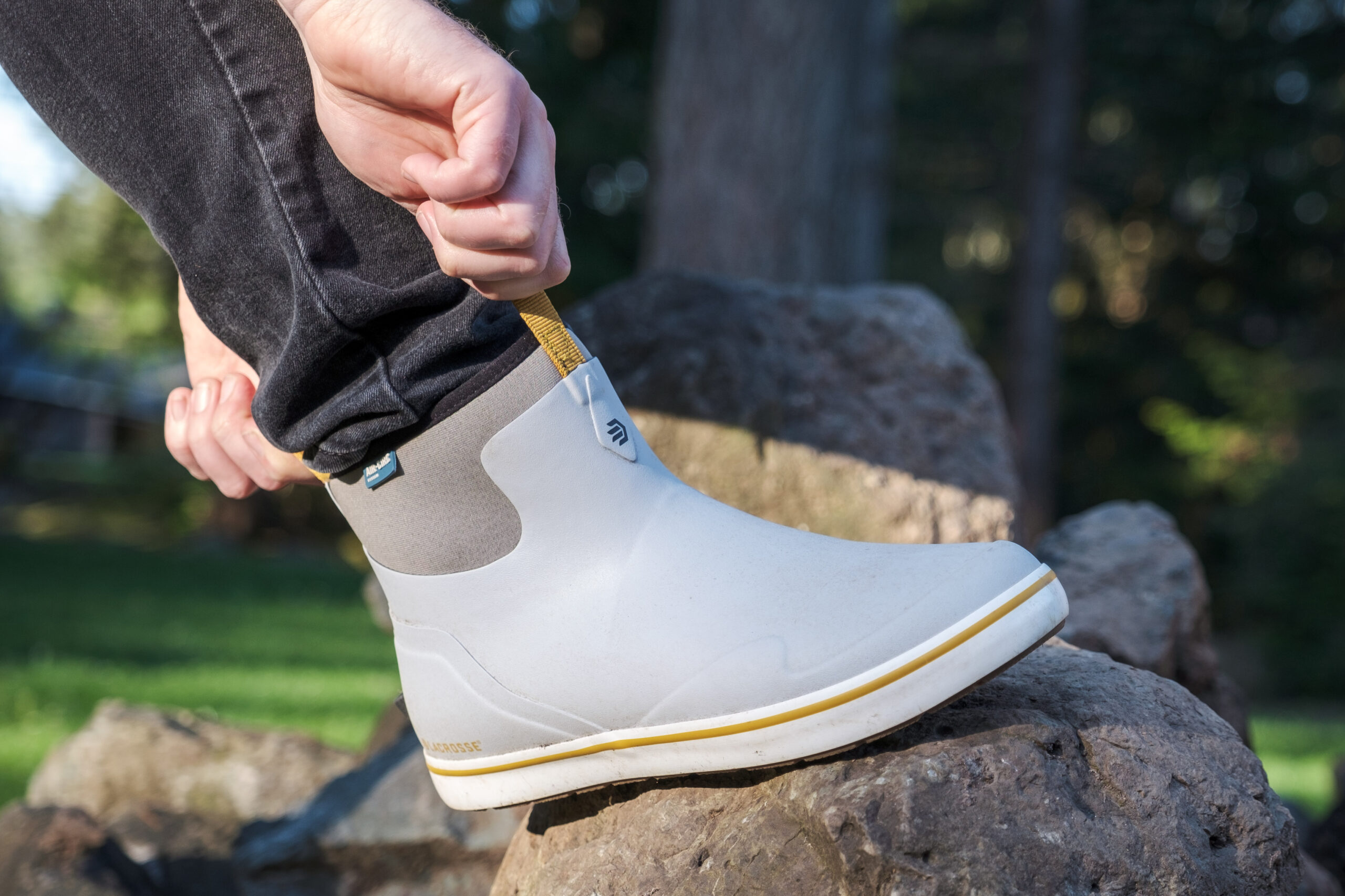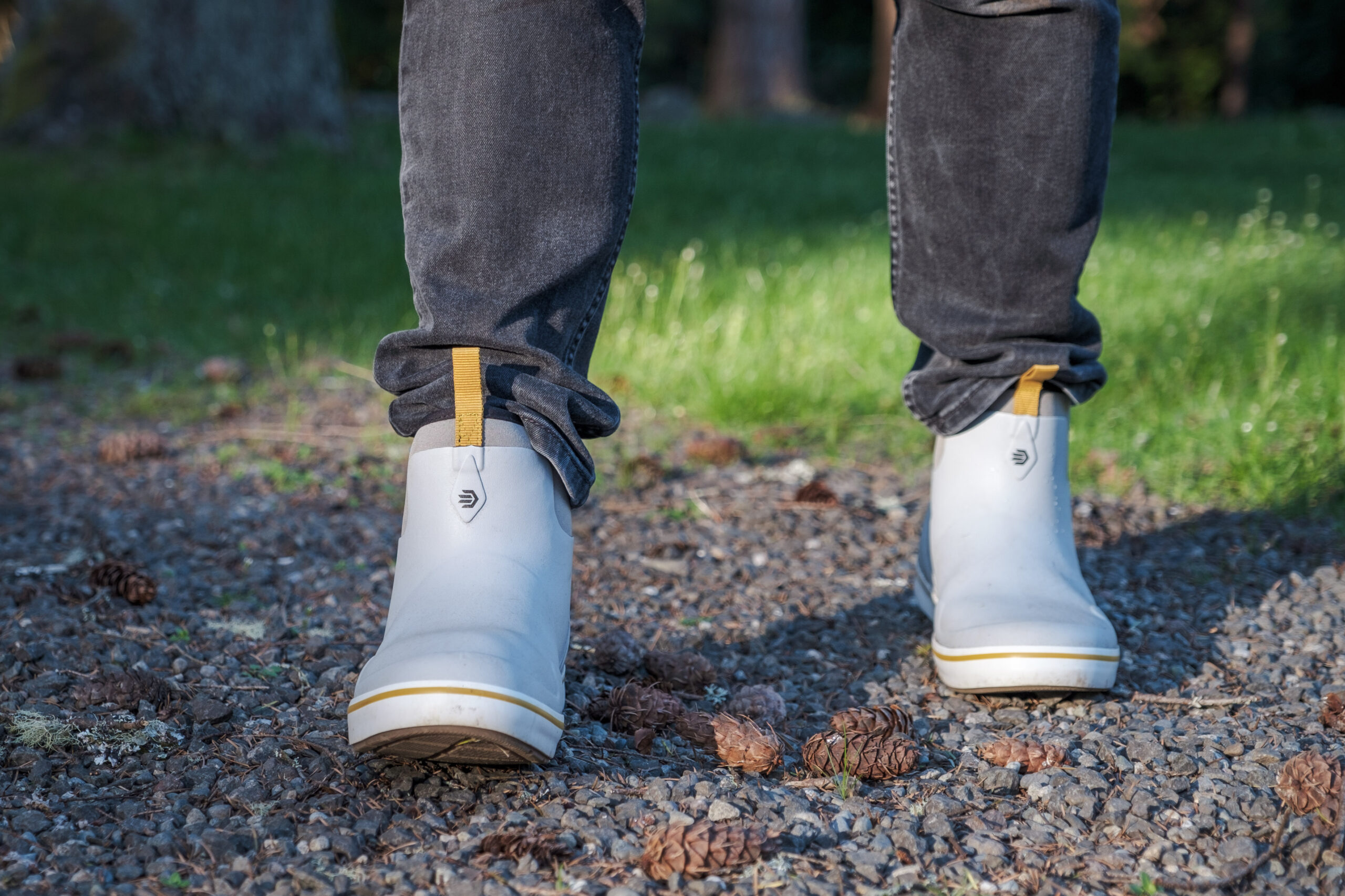Jig fishing is one of the most effective and versatile methods for catching trout, whether you’re fishing in a river, stream, or lake. It allows anglers to present their bait in a way that mimics the natural movement of prey, making it irresistible to hungry trout. If you’re new to jig fishing or looking to refine your skills, this complete guide will cover everything you need to know—from selecting the right jigs to mastering various techniques. Let’s dive into the world of jig fishing and unlock its full potential for trout fishing success.
What Is Jig Fishing for Trout?
Jig fishing involves using a weighted lure, known as a “jig,” that is attached to a hook. The jig is typically dressed with soft plastic or feather materials to imitate various prey species, like minnows, worms, or insects, that trout love to eat. By moving the jig through the water in different ways—such as jigging it up and down or allowing it to sink and slowly retrieve—you can entice trout to strike.
One of the reasons jig fishing is so effective for trout is that it closely mimics the behavior of their natural food sources. Jigs create a lifelike, fluttering or darting motion that trout find irresistible, particularly when the water temperature and conditions are right.
Why Jig Fishing Works So Well for Trout
Jig fishing has proven to be one of the most productive methods for targeting trout, and here’s why:
1. Versatility in Presentation
Jigs are incredibly versatile because they can be used in a wide range of fishing environments. Whether you’re fishing in shallow riffles, deep pools, or along lake edges, jigs can be adapted to the situation. You can bounce them off the bottom, swim them just above the substrate, or let them sink and retrieve them with a slow, steady motion to imitate an injured or dying baitfish.
2. Effective Year-Round
Trout can be caught with jigs in all seasons. In colder months, trout tend to be slower, and a jig that moves slowly and steadily will often be more enticing. During warmer months, trout are more aggressive and will actively chase a fast-moving jig, making it a great tool for all times of the year.
3. Attracts Different Trout Species
Jig fishing is effective for catching a variety of trout species, including rainbow, brown, brook, and cutthroat trout. The key is understanding what type of prey each species prefers and adjusting your jig accordingly.
Essential Gear for Jig Fishing for Trout
To maximize your chances of success with jig fishing, it’s important to equip yourself with the right gear. Here’s a breakdown of the essential tackle:
1. Jigging Rod
When it comes to rod selection, you want something that offers sensitivity while still being strong enough to handle trout. A medium-light or light-action rod, typically between 6 to 7 feet long, is ideal. The light action allows for the delicate presentation of the jig while providing enough power to reel in larger trout.
- Tip: Choose a rod with a sensitive tip that will allow you to feel the subtle bites of trout, which often hit jigs lightly.
2. Reel
A spinning reel is usually the best choice for jig fishing due to its smooth retrieval and ease of use. You want a reel with a good drag system that will allow you to control the fight when a trout strikes your jig.
- Tip: A reel with a fast retrieve ratio (around 5.0:1 or higher) will help you recover line quickly when using jigs that require a fast, active presentation.
3. Jigs
The type of jigs you use will depend on the specific conditions and trout behavior you’re targeting. Jigs come in various sizes, colors, and weights, so selecting the right one is key. Here are some popular jig types:
- Tube Jigs: Great for mimicking soft-bodied prey like worms or minnows. Ideal for slow presentations.
- Marabou Jigs: Often used for more aggressive presentations, these jigs use feathers to create lifelike movement in the water.
- Hair Jigs: These are often used in colder conditions to mimic minnows and other prey.
- Lead Head Jigs: Versatile and effective for a variety of techniques, especially when combined with soft plastic bodies.
4. Line
A high-quality, low-stretch monofilament or fluorocarbon line is crucial for sensitivity and accurate hooksets. Fluorocarbon is more invisible in the water, which can be particularly useful in clear water conditions.
- Tip: Use 4-6 lb test for trout fishing with jigs. Lighter lines allow for better jig movement and are less visible to the fish.
Best Jig Fishing Techniques for Trout
To catch trout consistently, it’s essential to master a few key jig fishing techniques. The following methods are particularly effective when targeting different types of trout.
1. Vertical Jigging
This technique involves casting the jig directly into the water and allowing it to sink to the bottom. Once the jig is on the lakebed or riverbed, gently raise the rod to lift the jig off the bottom and then drop it back down. This mimics the motion of injured prey struggling to swim.
- Best for: Lakes, deep pools, and slow-moving rivers.
2. Casting and Retrieving
Casting your jig out and slowly retrieving it back in is a classic technique that simulates the movement of swimming baitfish. The key is to vary your retrieve speed—sometimes slow and steady, other times quick and erratic—to see what works best for the trout on any given day.
- Best for: Shallow to medium-depth waters, where trout are actively feeding on small baitfish.
3. Bottom Bouncing
In this method, you allow the jig to sink to the bottom of a river or lake, where trout often reside. As the jig drags across the bottom, it mimics the movement of a struggling or injured creature. You can use this technique when fishing over rocky or sandy bottoms.
- Best for: Rivers and streams with a rocky or gravelly bottom.
4. Slow Rolling
Slow rolling involves casting the jig out and retrieving it at a very slow, consistent speed. The jig should just graze the bottom, with occasional pauses to allow it to “flutter” and mimic injured prey.
- Best for: Cold-water trout or when fishing in slow-moving streams and lakes.
Tips for Jig Fishing Success
1. Match the Hatch
Observe the natural prey in the area you’re fishing. If minnows, worms, or crawfish are present, choose jigs that mimic these creatures. Matching the color, size, and movement of the local baitfish will increase your chances of attracting trout.
2. Pay Attention to Water Temperature
Trout are cold-water species, and their activity levels are highly influenced by water temperature. During colder months, trout tend to slow down, so you may need to slow your jig presentation. In warmer water, they are more active and may go after faster-moving jigs.
3. Vary Your Techniques
Trout can be finicky, so it’s important to try different retrieval speeds and techniques until you find what works. Don’t hesitate to experiment with faster or slower jigs, or even switch up your jig types during your outing.
Conclusion
Jig fishing for trout is a skillful and rewarding technique that, when done correctly, can yield great results. By understanding the types of jigs to use, the best techniques for various conditions, and how to gear up for success, you can increase your chances of having a productive day on the water. Whether you’re fishing in a river, lake, or stream, mastering jig fishing will elevate your trout fishing game to the next level.
So, next time you hit the water, consider jig fishing as your go-to strategy. With the right gear, technique, and knowledge, you’ll be well on your way to reeling in more trout, no matter the season. Happy fishing!











